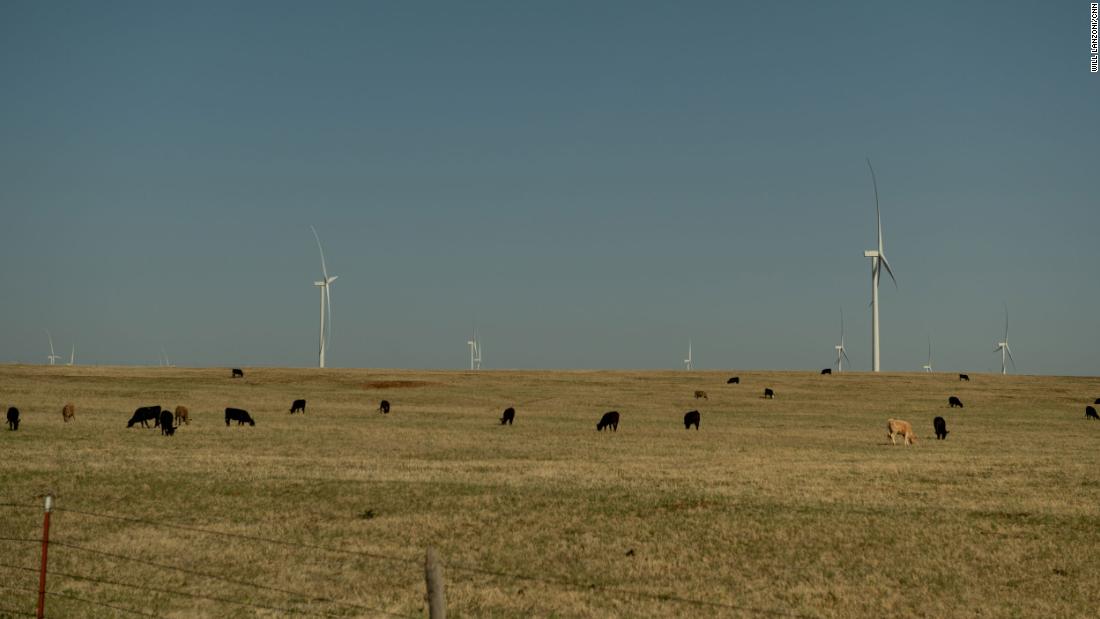Franchetto said while the specifics have not yet been worked out — or if staff could be laid off — she warned the impact “will be significant. When you are looking at 50 per cent, you can’t cut a little bit here and cut a little bit there.
“I really have to step back and say ‘what do we stop doing.’”
In the legislature Thursday, Culture Minister Michael Tibollo defended the move, saying that “libraries across Ontario continue to receive funding for operations” from the provincial government, but that “after 15 years of reckless and out-of-touch Liberal government, the people of Ontario voted for a change, and that change is here.”
He also said of the province’s April 11 budget, “we are keeping our promises to the people of Ontario and putting the province back on a path to balance so that we can protect what matters most to Ontarians.”
Tibollo also said the Ford government “recognizes the importance of libraries to Ontario’s communities across the province. We continue to maintain strong partnerships with our municipal and Indigenous libraries.”
But New Democrat Culture Critic Jill Andrew said “this cut will devastate Ontarians’ ability to access library services. These services provide essential support to the smaller libraries, ensuring that rural communities have equal access to all of Ontario’s library collections.”
Less funding, she said, will take away “access to books and other vital resources that libraries provide to Ontarians every single day.”
Andrew, who represents the riding of Toronto-St. Paul’s, noted the
controversy Premier Doug Ford found himself in as a city councillor when he “voted to slash the Toronto library budget by nearly $4 million. He infamously said that he would close libraries in his own community, ‘absolutely … In a heartbeat.’”
The two provincial library services help library systems across Ontario share books and materials between jurisdictions if they aren’t available locally, run a cataloguing system and help support and train staff.
“These are very small investments, and we get a big bang for our buck,” said Interim Liberal Leader John Fraser, adding the cutbacks “are wrong. The government’s priorities are out of whack.”
Tibollo spokesman Brett Weltman said the province is “maintaining base funding for our libraries across the province” and said the southern and north services are “arm’s length agencies that have no involvement in the day-to-day operations of Ontario’s public libraries.”
“Libraries are important to local and remote communities, and they provide valuable opportunities to learn and share in Ontario’s diverse culture,” Weltman also said.
NDP Leader Andrea Horwath said it’s “shocking that the government is reducing supports and resources for libraries ... It’s where kids who are underprivileged go to use the internet and that kind of equipment.”
Shelagh Paterson, who is executive director of the Ontario Library Association, said they are “working with the ministry to fully understand the status of provincial support for public libraries.”
Paterson, however, said the two library services “provide highly valued services, like interlibrary loans, that give all people in Ontario, especially those in rural and northern communities, the ability to access resources through their local public library.
“OLA will be working with members, local public libraries and the province to continue to discuss how libraries can provide the services and resources that residents rely upon.”
Meanwhile, the government continued to come under fire from the opposition for its plan to boost class sizes from Grades 4 through 12, phasing out 3,500 teaching jobs or more.
Ford said the “scare tactics” of warnings of big classes are unfounded.
“They’re saying there are going to be 50 people in the classrooms,” Ford said. “They’re saying there are going to be 45. That’s not going to happen.”





:max_bytes(150000):strip_icc():format(webp)/GettyImages-1256107113-b892a5f0c71742979d1335acd4e3c5d1.jpg)
